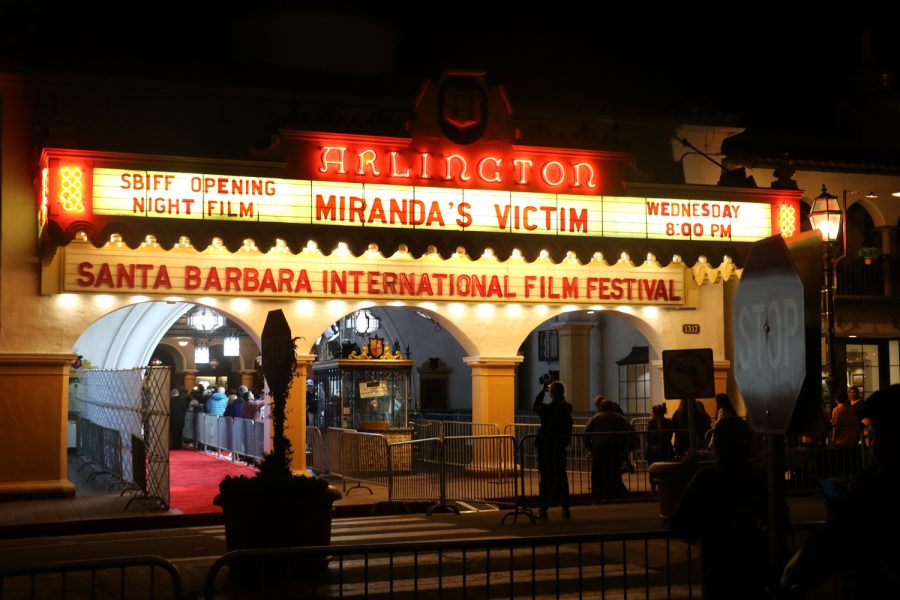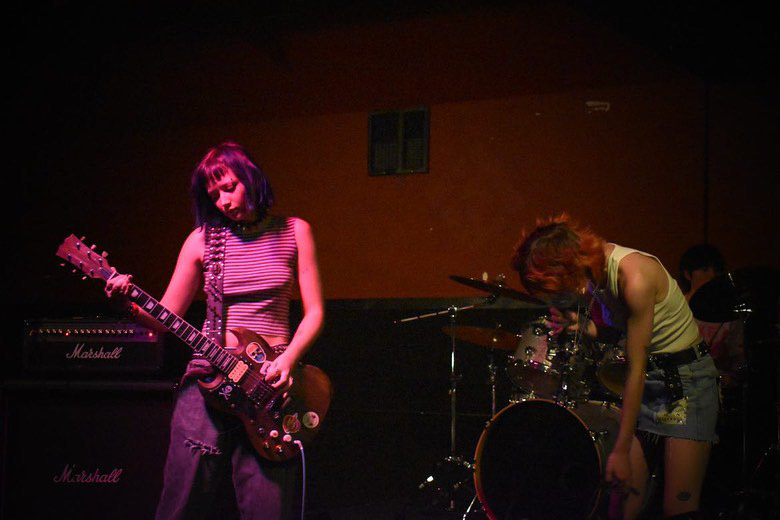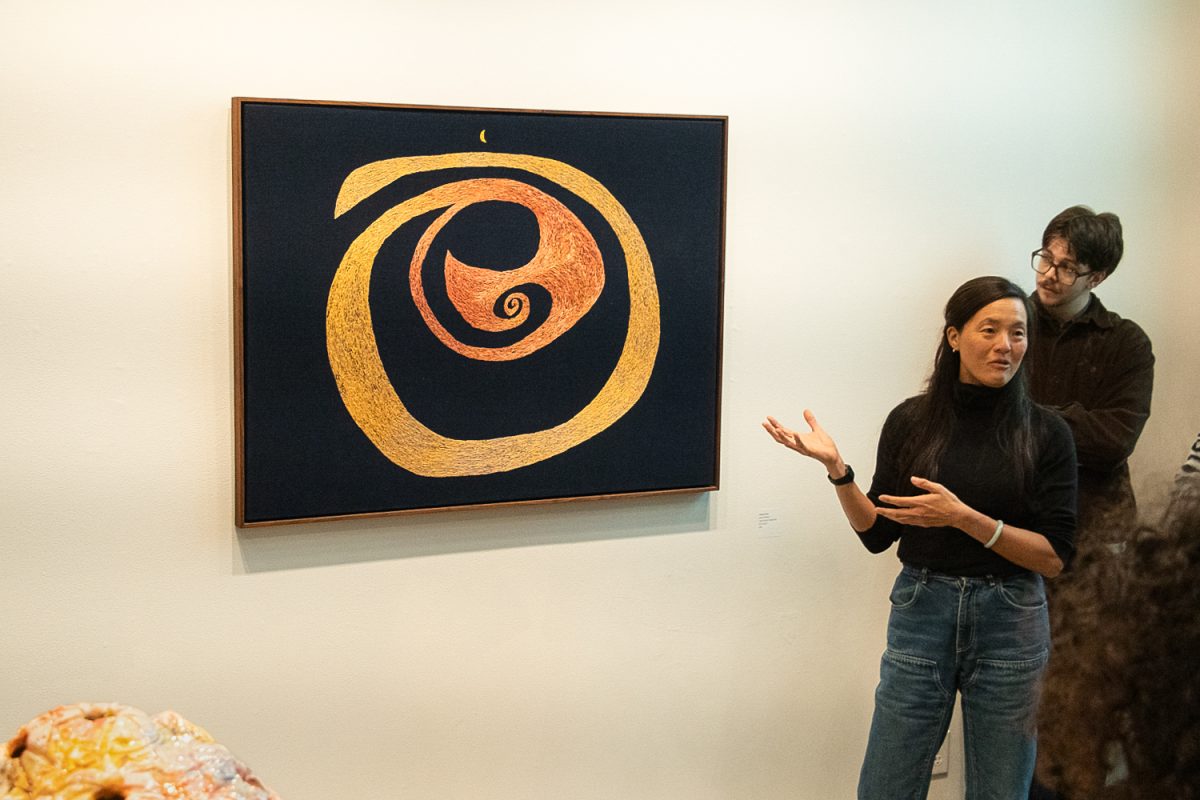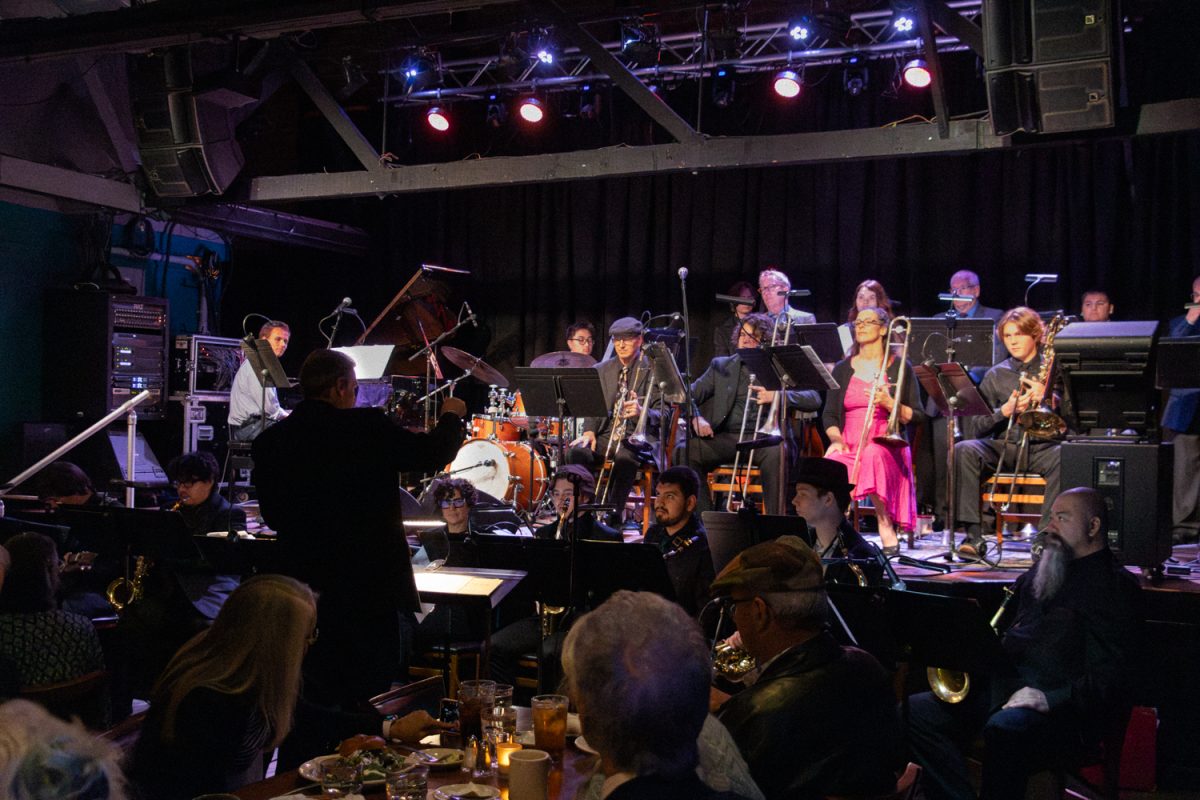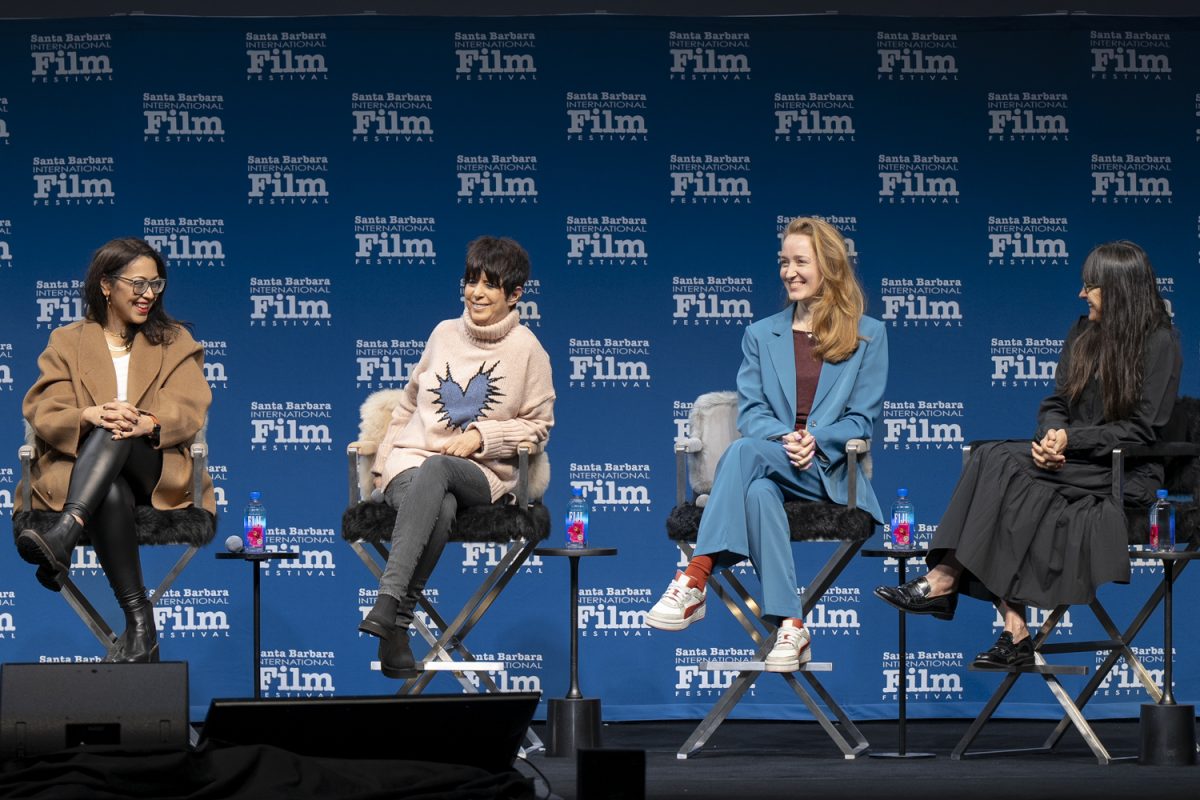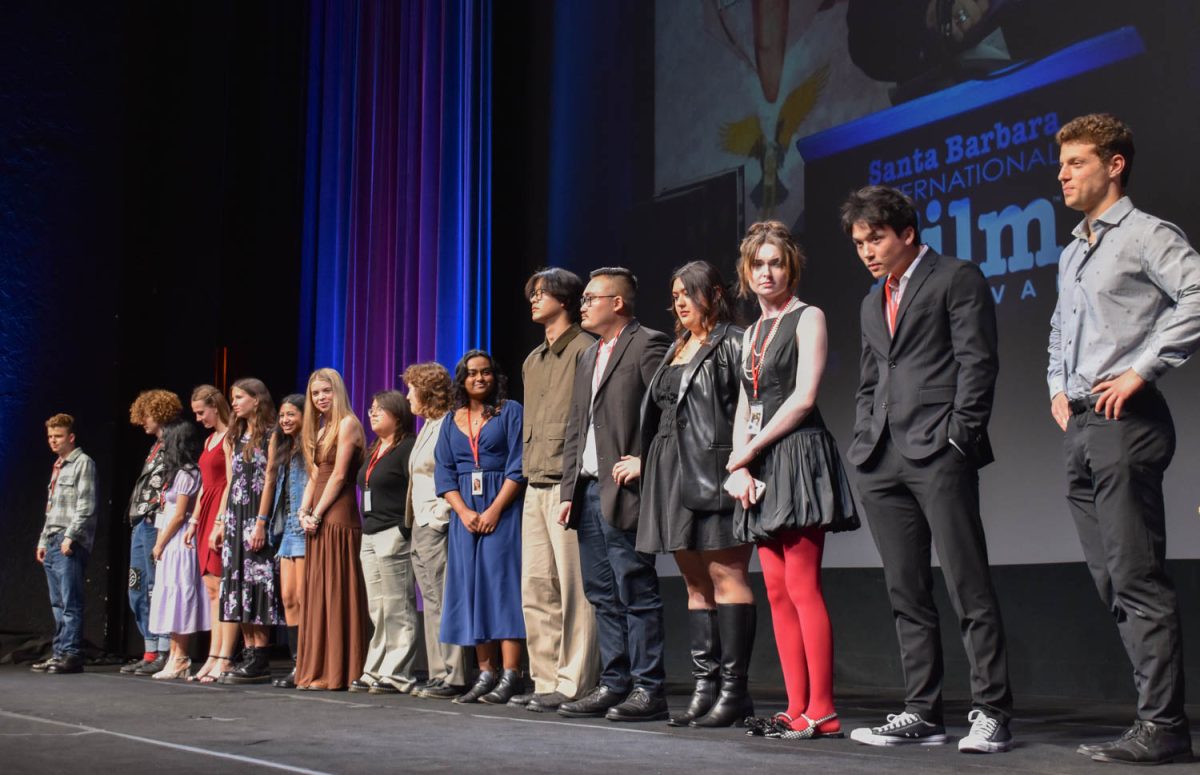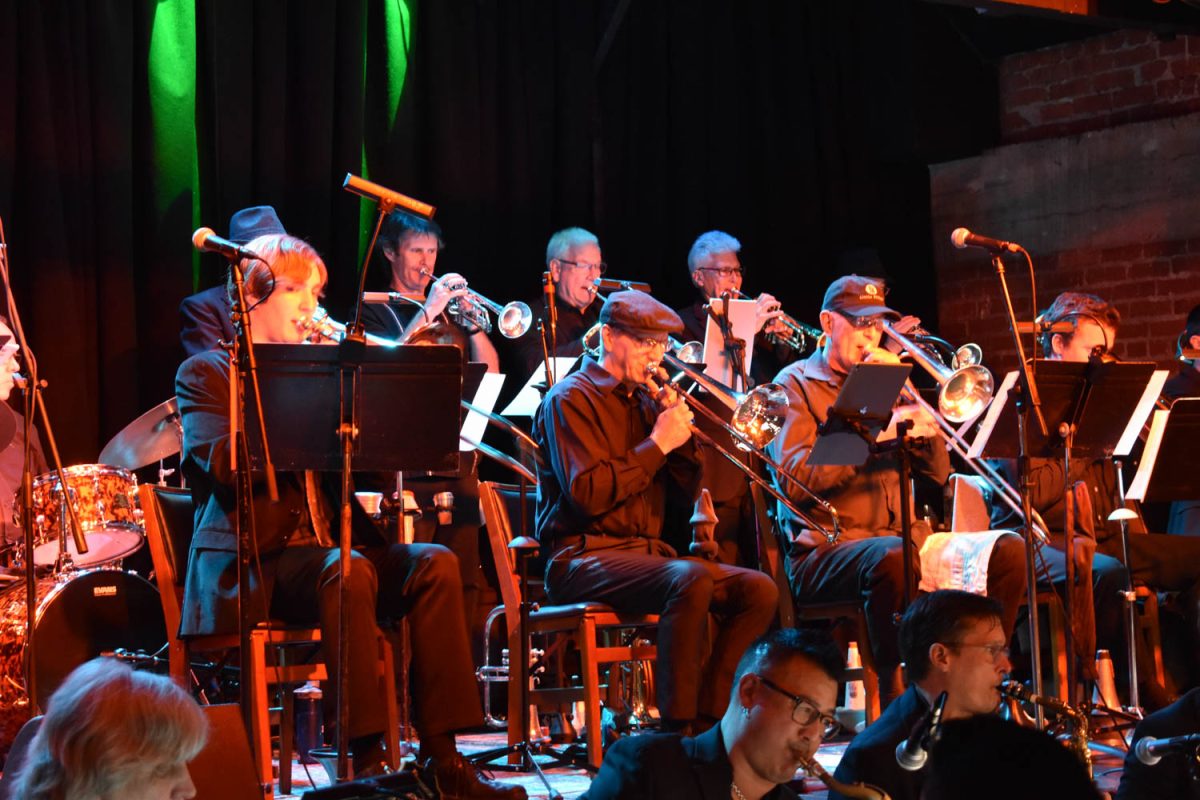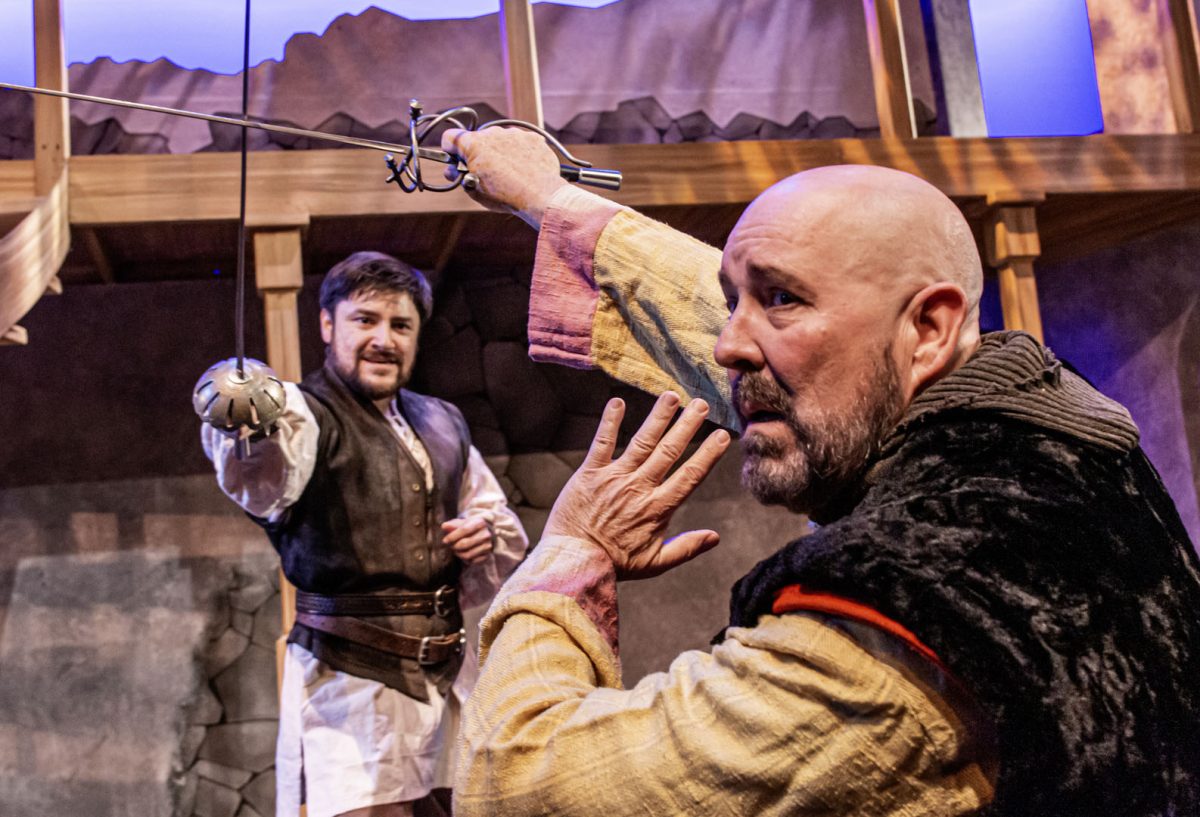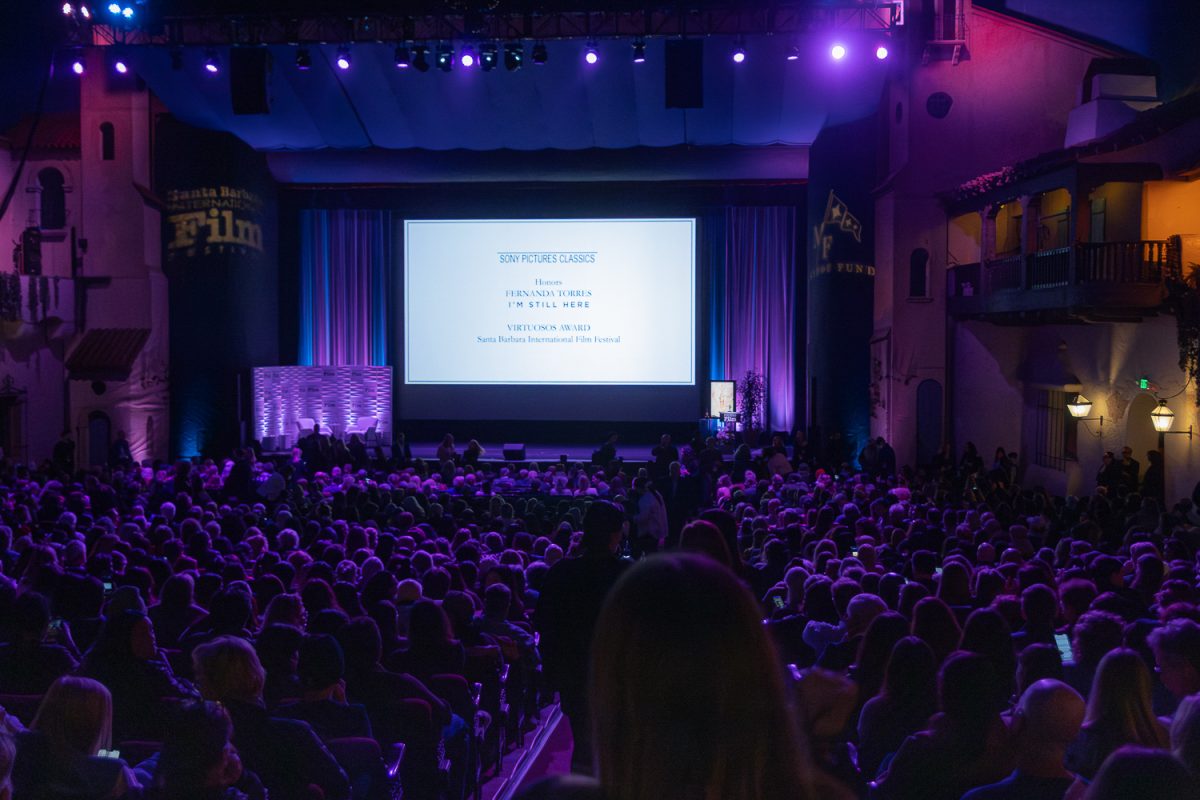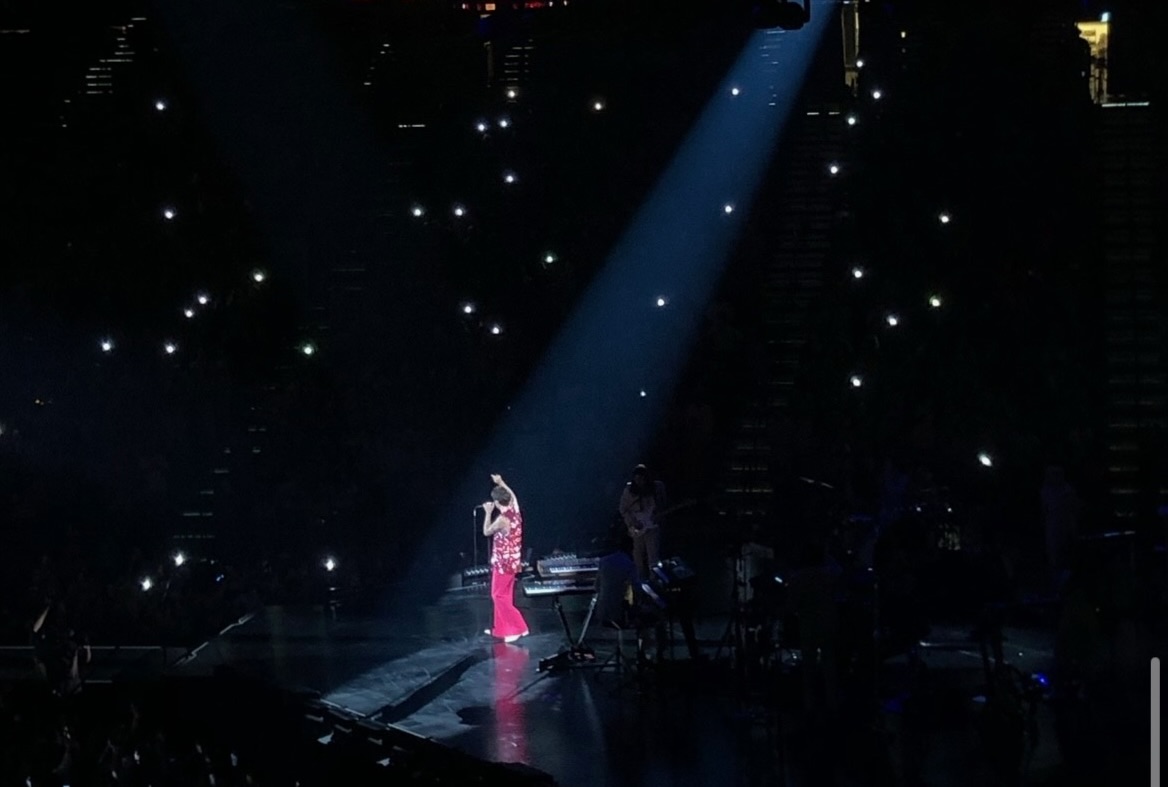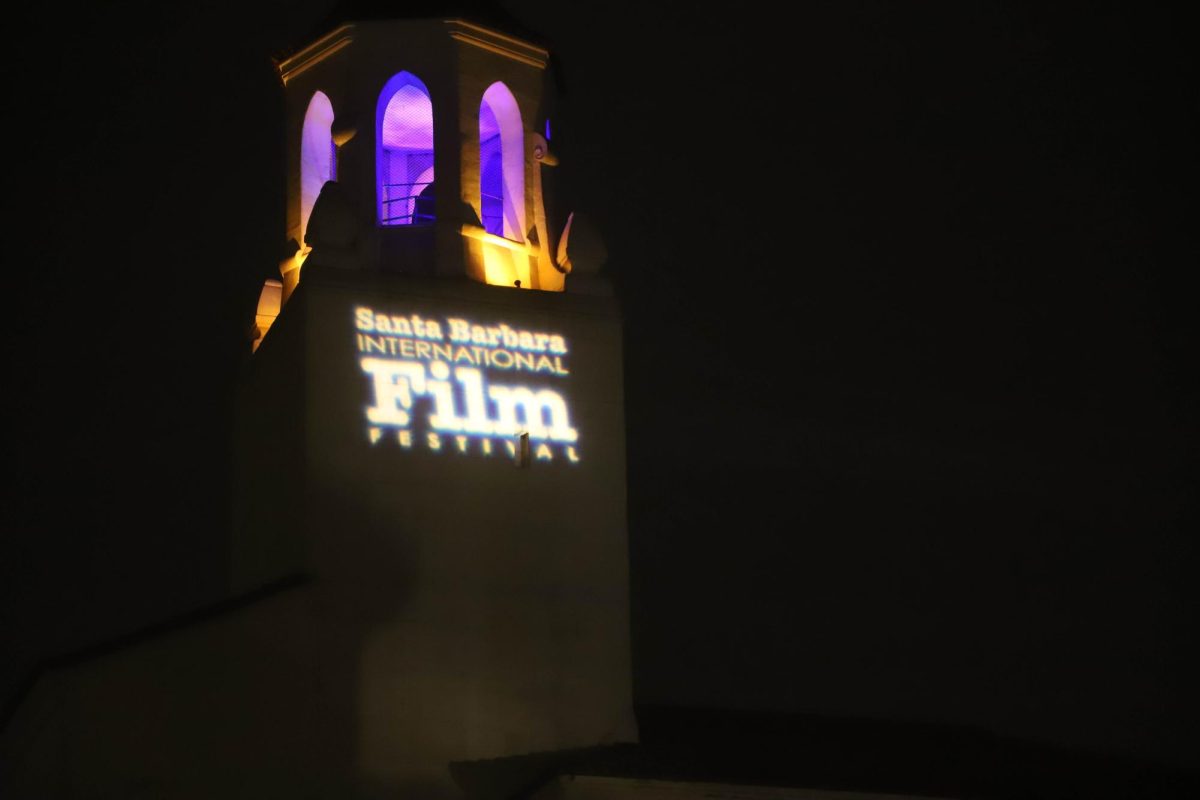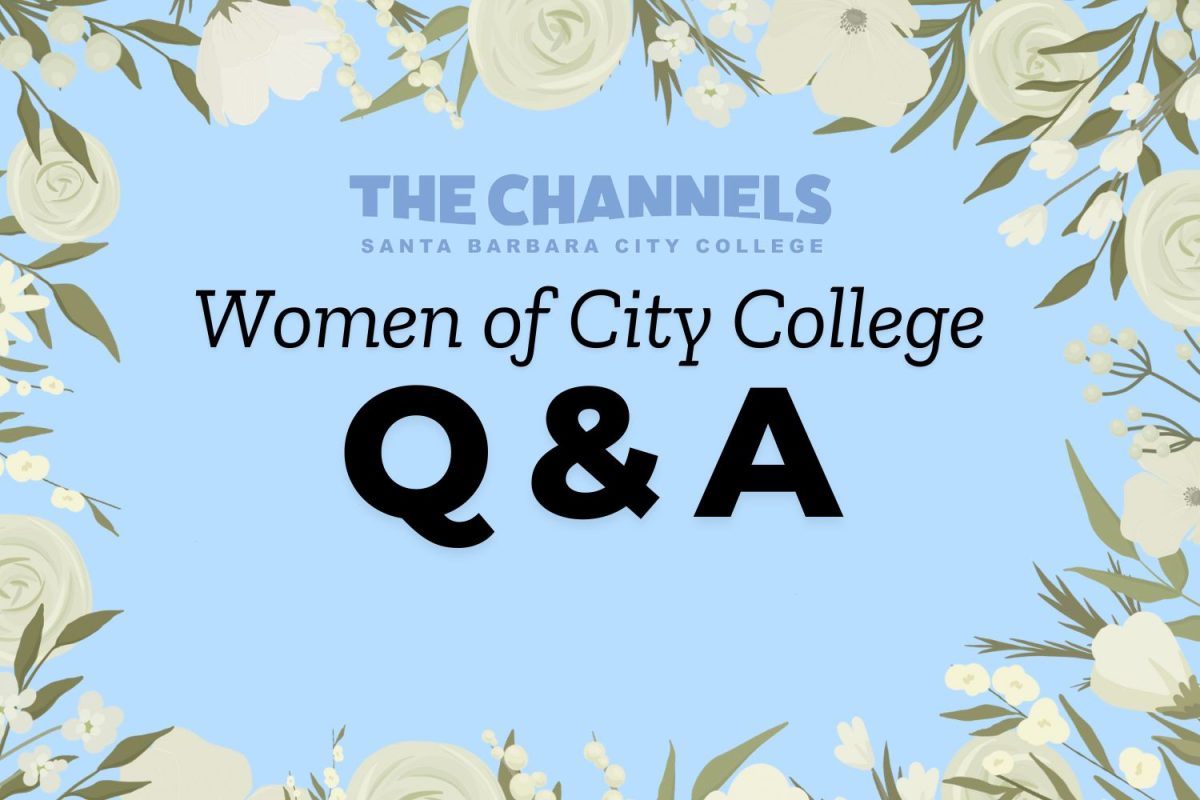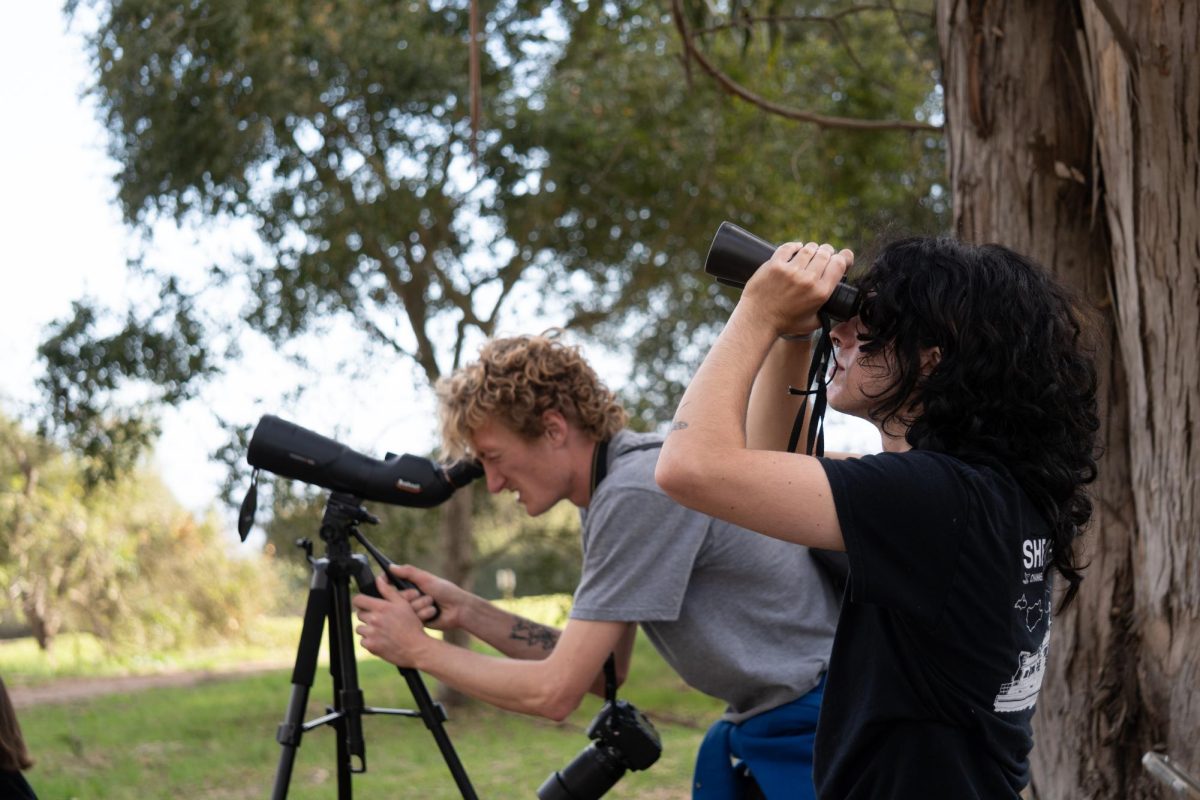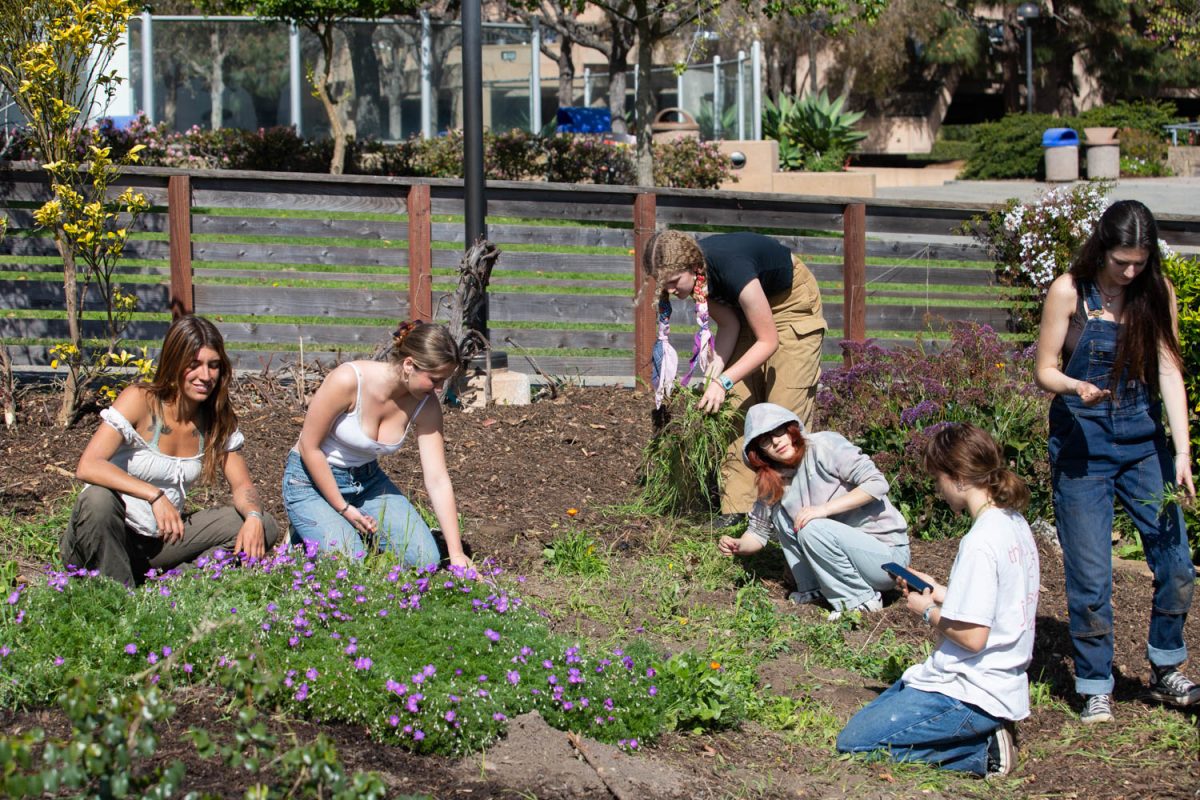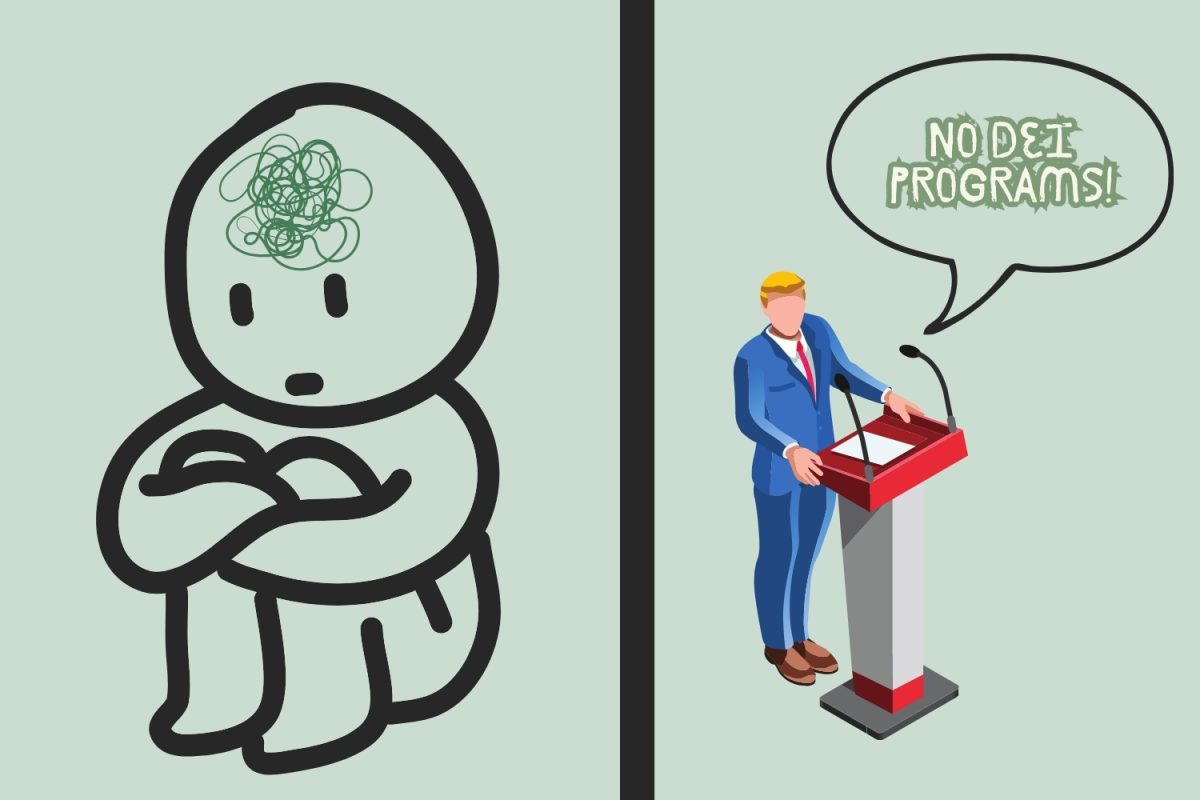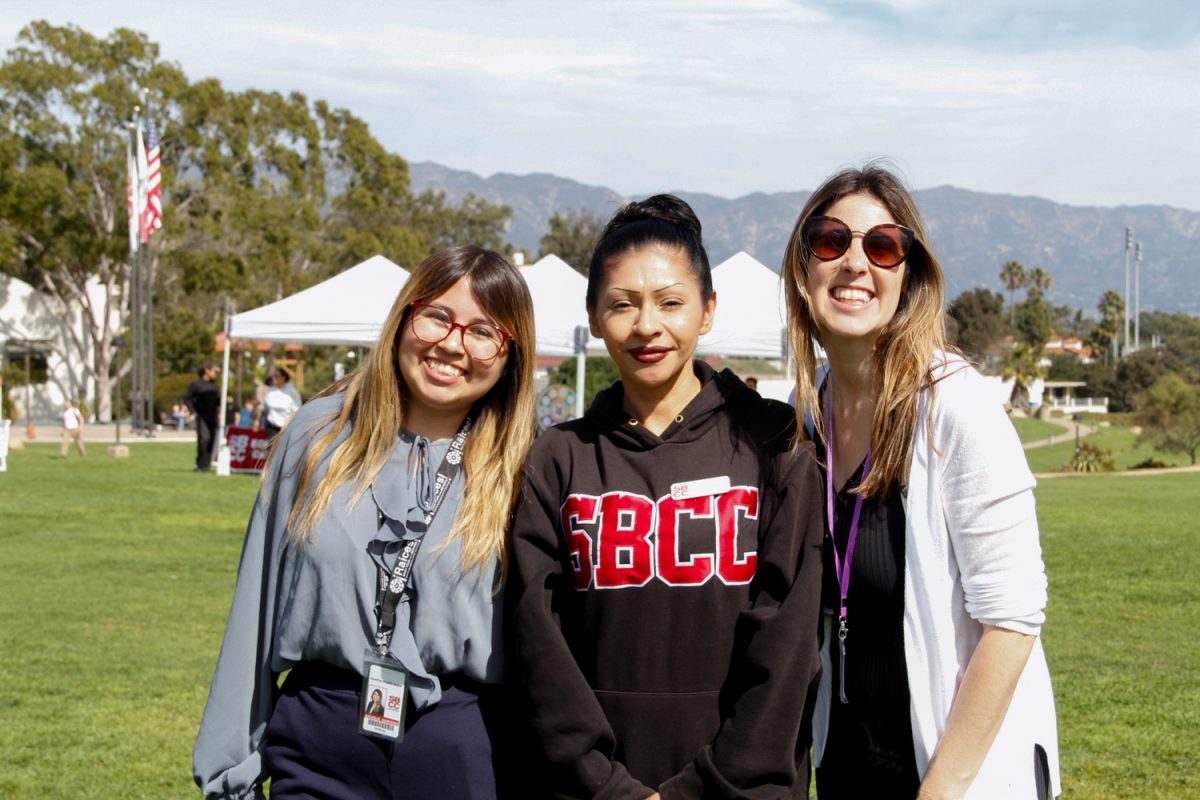When the Santa Barbara International Film Festival (SBIFF) first opened its doors in 1986, it was just another event in the small, sleepy town.
Despite Santa Barbara’s reputation as a hideaway for some of Hollywood’s biggest stars, it was just that–a hideaway, hardly a place to bask in camera flashes or smile under stage lights. A film festival hardly catered to their needs, and therefore hardly featured them. It therefore remained an event for the small niche group of film fanatics who called Santa Barbara home.
Now, the scene at downtown theaters is very different. Whole streets are blocked off from cars and foot traffic alike. The red carpet is rolled out to highlight major stars. Press and fans gather for 10 nights in hopes of catching a glimpse of their favorite actor or celebrity, and to enjoy film viewings and panels of speakers. Films premier, awards are presented, and downtown is briefly revived from the hollow lull that has overtaken it in past years.

Restaurants and hotels are able to boost sales with the business the festival provides.
“I would estimate we…get about 5-10 tables per day [of film festival attendees,]” Aron Ashland, owner of local restaurant the Cruisery said.
The metamorphosis the festival has endured is indisputable. It transformed from small town gathering to star-studded celebration. Roger Durling, the festival’s current executive director, attributes the massive growth in popularity to a simple change in dates.
“When I came to Santa Barbara, I thought this city was the perfect setting for a film festival,” he said. “ But the festival, when I took over, was floundering. So I adjusted the dates…if we moved [the dates] to where we are right now, we can capitalize on the oscars.” Durling said.
In the past few years, the festival has been forced to respond, as much of the rest of the world has, to the COVID-19 pandemic. Its 2019 season went unaffected, having finished before any lockdowns, but the 2020 festival was largely closed to the community due to restrictions. In response, the 2021 film festival took a unique approach in reaching the public. Drive-in theaters were set up in City College’s parking lots, allowing films to be viewed–somewhat–in person, rather than only online.
In 2022, in-person events returned, and the glamor of the SBIFF red carpet came with them. The festival, and the business it brought to Santa Barbara’s tourism based economy, had survived.
“For the festival to succeed it needed the help of restaurants and hotels, so when I moved the dates…restaurants and hotels went out of their way to help us out…and then now, it’s a big economic impact [on] the city,” Durling said.
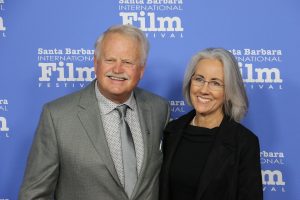
This year, the festival announced that its lineup would include screenings of both major studio films and smaller independent productions. Chandler Levack’s “I like Movies” would close out the festival, after the screening of student films from various schools throughout the community, shown in the “Youth Cinemedia Shorts” event and the “10-10-10” competition.
The film festival works in tandem with the Youth Cinemedia Organization to screen the documentary films they have taught local students to make, while the “10-10-10” program pairs groups of students with mentors in a five-month partnership to create short films, which are judged separately for screenwriting and filmmaking.
Despite all of the glitz and glamor, the celebrity appearances, and numerous awards, it is a commitment to community education that drives the film festival. On its website, the mission reads, “We celebrate the art of cinema and provide impactful educational experiences for our local, national and global communities.”


